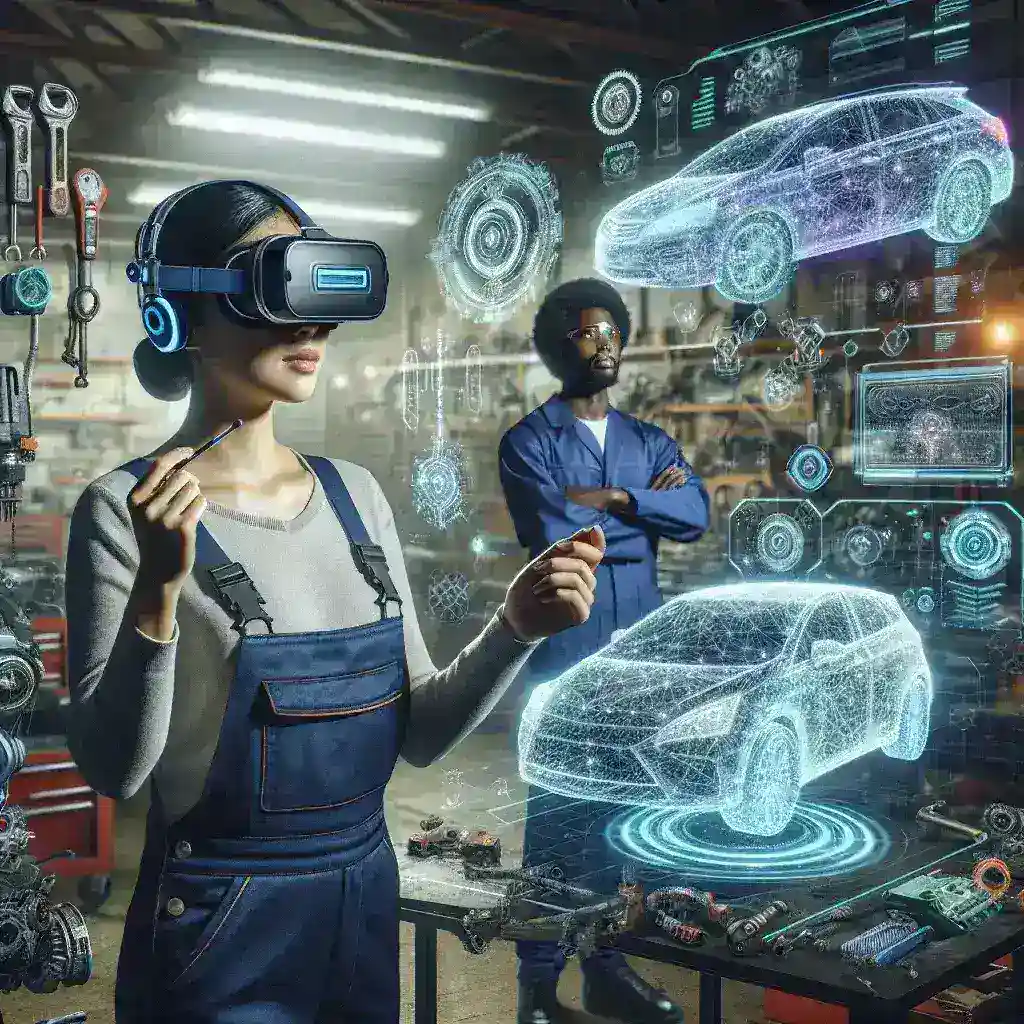The Evolution of Augmented Reality in the Automotive Sector
The automotive industry is experiencing a revolutionary transformation through the integration of augmented reality (AR) technology. This cutting-edge innovation is reshaping how vehicles are designed, manufactured, marketed, and operated, creating unprecedented opportunities for both manufacturers and consumers.
Design and Prototyping Revolution
Augmented reality has fundamentally changed the way automotive designers and engineers approach vehicle development. Traditional clay modeling and 2D sketching are being enhanced with AR capabilities, allowing for:
- Real-time visualization of design changes
- Virtual prototyping that saves time and resources
- Collaborative design sessions across global teams
- Immediate feedback and modifications during the design phase
Manufacturing and Assembly Enhancement
On the factory floor, AR technology is proving to be a game-changer. Workers are equipped with AR-enabled devices that provide:
- Step-by-step assembly instructions in real-time
- Quality control verification
- Instant access to technical documentation
- Remote expert assistance for complex procedures
Training and Skill Development
Automotive manufacturers are leveraging AR to transform their training programs. New employees can now learn complex assembly procedures through:
- Interactive AR tutorials
- Virtual practice sessions
- Real-time guidance and feedback
- Safer training environments
Revolutionary Driver Experience
Perhaps the most visible impact of AR in the automotive industry is in the driving experience itself. Modern vehicles are incorporating sophisticated AR features such as:
Advanced Head-Up Displays (HUD)
Next-generation HUDs project crucial information directly onto the windshield, including:
- Navigation arrows and directions
- Speed and traffic information
- Safety alerts and warnings
- Points of interest along the route
Enhanced Safety Systems
AR is significantly improving vehicle safety through:
- Pedestrian detection and highlighting
- Lane departure warnings
- Blind spot visualization
- Distance monitoring to other vehicles
Maintenance and Service Revolution
The automotive service industry is being transformed through AR applications that provide:
- Interactive repair guides for technicians
- Virtual diagnostics and troubleshooting
- Remote expert assistance for complex repairs
- Training simulations for service personnel
Sales and Marketing Transformation
AR is revolutionizing how vehicles are marketed and sold through:
- Virtual showroom experiences
- Interactive vehicle customization
- Remote vehicle demonstrations
- Enhanced customer engagement
Future Prospects and Innovations
The future of AR in the automotive industry holds even more promising developments:
- Integration with autonomous driving systems
- Advanced gesture control interfaces
- Emotional recognition and response systems
- Enhanced connectivity with smart city infrastructure
Environmental Impact
AR technology is also contributing to sustainability in the automotive industry through:
- Optimized route planning for reduced emissions
- Efficient manufacturing processes
- Reduced material waste in prototyping
- Enhanced electric vehicle range management
Challenges and Considerations
While AR presents numerous opportunities, the industry must address several challenges:
- Data privacy and security concerns
- Integration with existing systems
- Cost of implementation
- User adoption and training
The Road Ahead
As augmented reality technology continues to evolve, its impact on the automotive industry will only grow stronger. Manufacturers, suppliers, and service providers who embrace this technology will be better positioned to meet the changing demands of the market and provide enhanced value to their customers.
Key Takeaways
- AR is transforming every aspect of the automotive industry
- Enhanced safety and user experience are primary benefits
- Manufacturing and maintenance processes are becoming more efficient
- Future developments will further revolutionize the industry
The integration of augmented reality in the automotive industry represents a significant leap forward in how we design, build, sell, and operate vehicles. As technology continues to advance, we can expect even more innovative applications that will further transform the automotive landscape.

